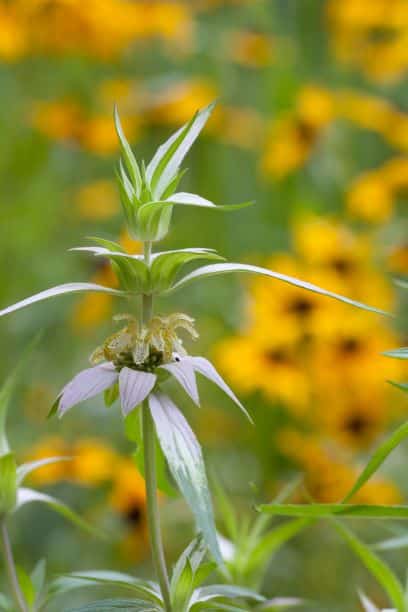Thanksgiving is behind us and Christmas and the New Year is coming up fast. Using natural materials for decorating is always a nice addition to the home. Here are some things you may want to consider as you prepare for the holidays.
Since I address it so frequently, and because we beyond the fall holidays this is just a reminder. Do not pick live bittersweet decked out in [lightbox link=”http://norcrosswildlife.org/wp-content/uploads/2015/11/Bittersweet-wreath.jpg” thumb=”http://norcrosswildlife.org/wp-content/uploads/2015/11/Bittersweet-wreath-150×150.jpg” width=”150″ align=”right” title=”Bittersweet wreath” frame=”true” icon=”image” caption=”Bittersweet wreath”]those red berries with the yellow seed pods. Oriental bittersweet is an invasive plant and using live specimens can only spread this dreaded plant into your own yard. If you love the colors of the bittersweet berries, buy plastic sprays. Yes, it makes a nice wreath, but you could be damning yourself to years of pulling out this twining vine by placing a live wreath on your front door.
Using pine boughs, juniper and holly berries are certainly a great option for December. Often you can find pine and juniper growing wild in your neighborhood. By carefully cutting a few branches you will not damage the trees/shrubs and can use them to decorate around your home. Holly can be more difficult to find, the most common member of this family that we find in the wild is winterberry. The large, bright red berries on bare twigs are very prominent at this time of year.
[lightbox link=”http://norcrosswildlife.org/wp-content/uploads/2016/12/xmas-holly-e1481033754770.jpg” thumb=”http://norcrosswildlife.org/wp-content/uploads/2016/12/xmas-holly-150×150.jpg” width=”150″ align=”left” title=”xmas-holly” frame=”true” icon=”image” caption=””]Although winterberry can be found along many roadsides, please cut the stems judiciously, sparingly. Winterberry and many members of the holly family are important food sources for birds during the mid-winter months. The berries are bitter now and most birds will ignore them unless other foods are lacking. The birds really enjoy these berries later in February. Freezing and thawing of the berries through the early winter changes the bitter flavors to a sweeter berry as they ferment. These are NOT for people to eat, only wildlife. Our birds will be relying on them as winter progresses. You can harvest a few branches, but remember how important they are for our wildlife.
Fortunately, many nurseries, Christmas shops, and greenhouses supply these fabulous plants for use in your wreaths or winter decoration. Juniper, cypress, holly and boxwood can be purchased in many locations for your use. There is also the plastic alternative, but I know we often like live material for the fabulous smells as well.
[lightbox link=”http://norcrosswildlife.org/wp-content/uploads/2016/12/xmas-boughs-e1481033305495.jpg” thumb=”http://norcrosswildlife.org/wp-content/uploads/2016/12/xmas-boughs-300×169.jpg” width=”300″ align=”center” title=”xmas-boughs” frame=”true” icon=”image” caption=””]
Pine roping is popular as well. Just like our Christmas trees and many of the evergreen suggestions above, the pine will dry quickly in our warm homes and become a fire hazard. You can make or purchase (much easier) this material and use it outside for decorating doors and mail boxes. If you must use it indoors, purchase early and keep it outside in a cool, damp area. Then use the material closer to the time you are entertaining or just before Christmas. Do not leave it indoors for more than a week or two (most evergreen material contains a lot of sap which can be a fire hazard, or at least a mess). Happy decorating!



